Teaching functions and pragmatics
Jono Ryan
There’s a sub-culture of language teachers who have nailed their colours to the pragmatics mast. The mainstream look on perplexed and are probably turned off by the exuberant enthusiasm of the devotees. If they do seek to find out more, they soon find that the ‘big tent’ of pragmatics houses some pretty disparate phenomena, connected by little more than a sense that context has come to play a role in meaning.
Nevertheless, a fair chunk of what falls within the scope of pragmatics can also be thought of as essentially a richer and more theoretically grounded take on what is often labelled functional language. We will all be familiar with teaching units on topics such as ‘polite requests’, ‘apologies’, and ‘compliments’. As an organised teaching approach, this originated with the work of D. A. Wilkins (1976), who proposed arranging syllabi according to three pillars: concept meaning (semantics), in categories such as time, space, and matter, attitudinal meaning (modality), and thirdly what he considered “the more original part of [his] framework” (p. 23), which was a classification of types of communicative functions.
Wilkins’ (1976, p. 41) pointed out that language teaching was too often focused on reporting things rather than doing things, which he illustrated with the examples of:
“The manager ordered the drunk out of the restaurant” (reporting)
“Get out of here” or “Time you left” (issuing a command)
As he notes, being able to report such an event is quite a different thing from enacting it. If you were to say ‘I order you out of the restaurant’, well, you might well just be laughed at. This realization became fundamental to what became communicative language teaching in the late 1970s onwards. While not especially clear in Wilkins’ work, his take on language functions is nevertheless closely related to the concept of speech acts from the philosophy literature (e.g. Searle, 1969), the roots of which can be traced earlier work by Austin (1962) and Wittgenstein (1958).
For language teaching, one limitation of the language function or speech act is the tendency to deal with it at the level of the isolated utterance. Teachers often find themselves providing a list of a few functionally equivalent phrases (get out of here; time you left; you need to go; I need you to leave), perhaps with some discussion of the contexts in which each would be appropriate or ordering them in terms of politeness. The trouble is that utterances seldom appear in isolation. They arise within a sequence of talk. More to the point, they can be problematic when out of sequence, if they lack connections to other utterances.
Put it this way: you’re running a restaurant and – as Wilkins suggests – you say to a customer ‘Get out of here.’
Then what? The customer just leaves?
Among what’s missing from this scenario are a buildup, such as remarking that the customer is intoxicated and you are unable to serve them, and a plan for what to say next, because in my experience, the type of person asked to leave on the grounds of intoxication is unlikely to go without an exchange of words. In short, there will be turns before ‘Get out of here’ and there will be turns after, all tied together into an exchange themed around the ejection.
Although I can't imagine ever teaching my students how to kick out unruly customers, the point remains that teaching students to be communicatively competent requires far more than practicing isolated speech acts.
Activity
This task picks up this basic idea by prompting students to think through the actions that commonly occur in service encounters. The clip provided below is from Episode One of Days Crossing.
1. Explain to students that they will watch a very short video, and the first few times they see it will be without sound.
without audio: https://vimeo.com/839992711/c8e1473e01
2. On the first viewing, ask students to describe the context and what's happening.
3. On the second and third (even 4th) viewing, ask students to reconstruct the dialogue (noting too, that one or more turns may occur off screen). The goal is not to guess exactly which words are used, but to approximate the language used (i.e. by providing equivalent speech acts). To a certain extent, lip reading will be possible.
4. Then, play the video once or twice with sound Is a listening activity, asking students to write down what they hear.
with audio: https://vimeo.com/839992847/34733e0c11
5. Use the two versions to compare and discuss the plausibility of the student guesses within an English-speaking context, and whether this differs in any way from how such interactions tend to occur in the student's home countries.
References
Austin, J. L. (1962). How to do things with words. Oxford University Press.
Searle, J. R. (1969). Speech acts: An essay in the philosophy of language. Cambridge University Press.
Wilkins, D. A. (1976). Notional syllabuses: A taxonomy and its relevance to foreign language curriculum development. Oxford University Press.
Wittgenstein, L. (1958). Philosophical investigations (G. E. M. Anscombe, Trans.; 3rd ed.). Prentice Hall.
